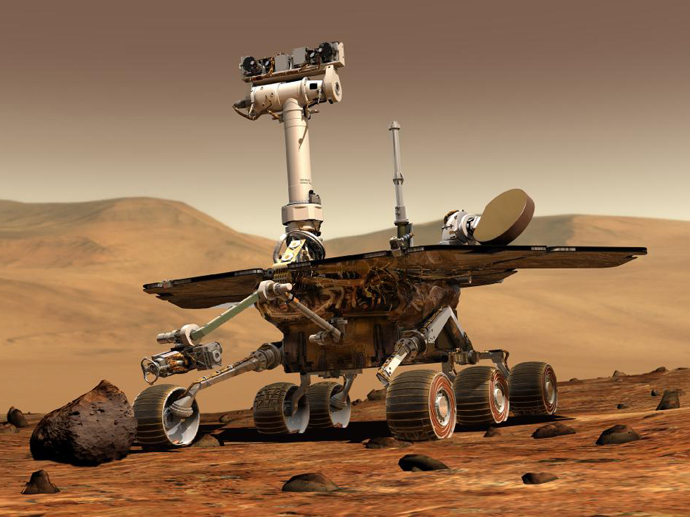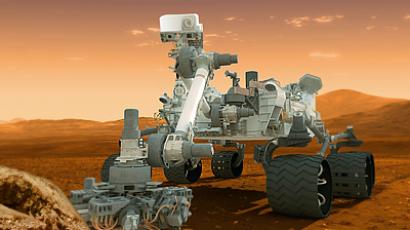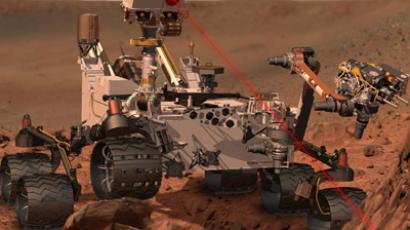Mars rover Opportunity finds traces of 'drinkable' water
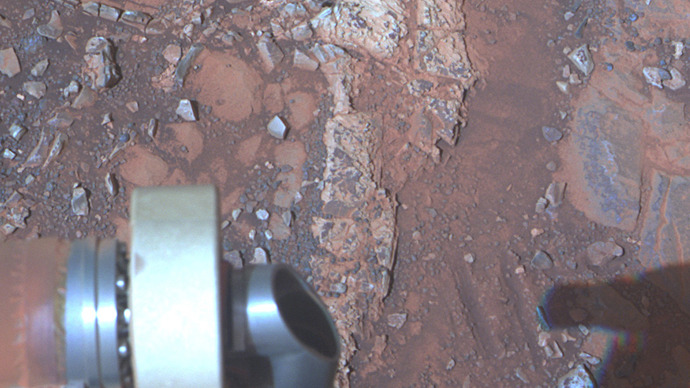
NASA's Mars rover Opportunity has made what may be its greatest discovery: Proof freshwater once existed on the Red Planet. The rover's previous discoveries over the last nine years suggest that water on Mars was acidic.
Since 2011, the solar-powered six-wheel Opportunity has explored
the Endeavour Crater, the largest of the five craters already
examined by the rover.
In Endeavour, the rover found minerals dating back to the first
billion years of Martian geological history. When the rover
scraped away the top layer of a light-colored rock after several
attempts, it found traces of clay minerals with an aluminum-rich
chemical signature, suggesting they were formed through
interaction with pH-neutral water.
Other stones Opportunity tested over the years have confirmed that water was once present on Mars, but research suggested that it was acidic, and not capable of sustaining life.
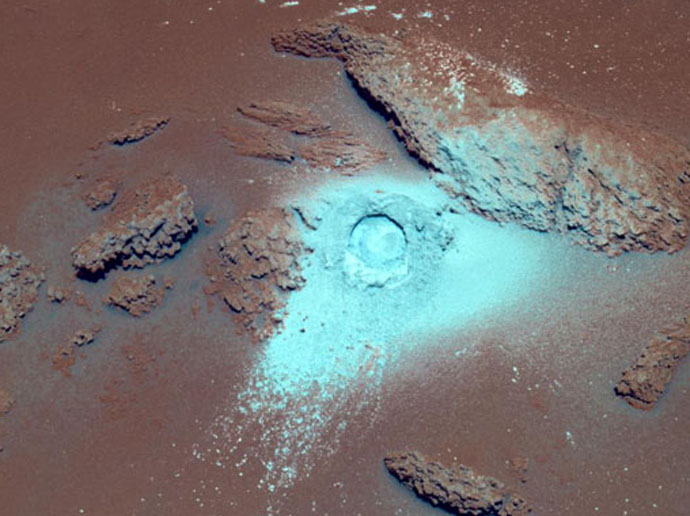
“This is water you can drink,'' Opportunity mission chief scientist Steve Squyres of Cornell University said.
In 2004, twin rovers Opportunity and Spirit landed on opposite sides of the Red Planet. They were supposed to work for three months, but both operated for years.
Spirit operated until 2010 when it got stuck in sand, and later stopped communicating with mission control. Opportunity continues to gather valuable information as it moves further on the Mars surface, though its hardware is aging – it recent experienced a problem with its flash memory, but the operators were able to reboot the system.
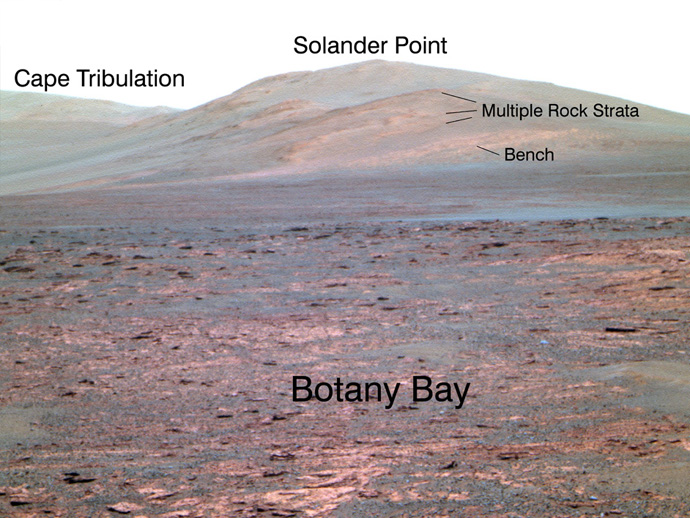
Curiosity, the third and the newest NASA rover on Mars, arrived on the Red Planet on August 5, 2012. It is also still operating, and is preparing for a key mission on a Martian mountain. Earlier this year, Curiosity also confirmed there was once freshwater on the surface of Mars.
In 2010, a group of scientists from Colorado University published an article in Nature Geoscience magazine, contending that 3 billion years ago, roughly one-third of the Martian surface was covered with water. Drawing their conclusion based on data obtained by the NASA rovers and the EU's ESA satellite orbiting Mars, the geoscientists suggested that Mars had rivers, lakes and an ocean.
The ocean on Mars is said to have occupied about 36 percent of the Red Planet’s surface, with a total volume estimated at 124 million cubic kilometers. This is less than 1/10th than that of planet Earth – 1386 million cubic kilometers – as Mars is roughly half the size of our home planet.
